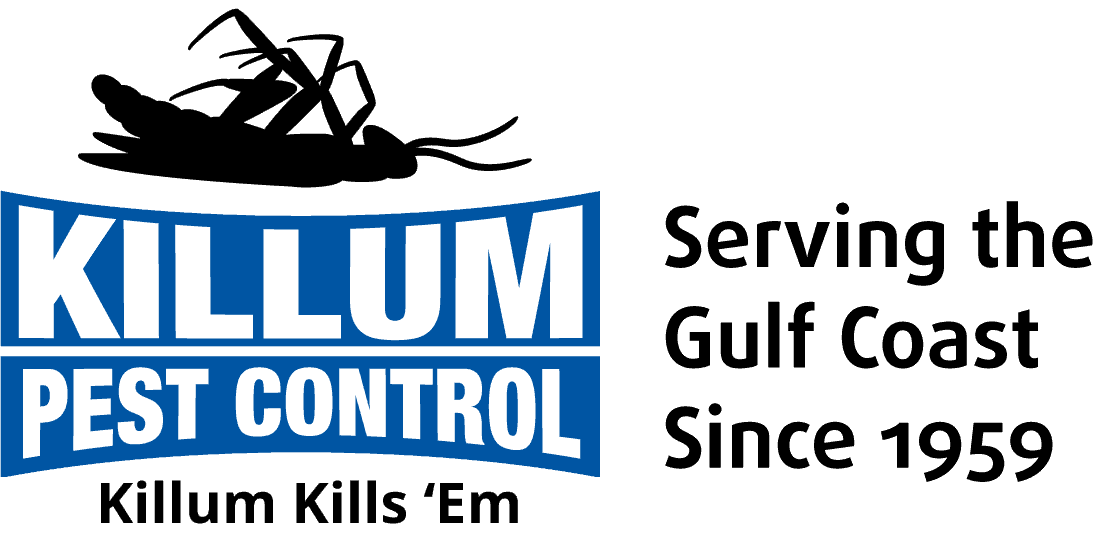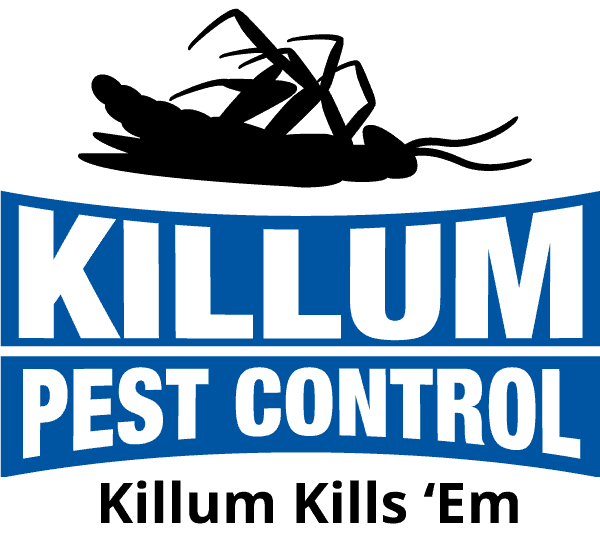A well-maintained landscape can do more than enhance the beauty of your Texas home – it can also be a powerful tool in maintaining a pest-free property. By incorporating pest-resistant landscaping techniques and plants into your yard, you can minimize the risk of pest infestations, prevent damage to your plants and property, and create a healthier, more enjoyable outdoor space for you and your family.
In this comprehensive guide, we’ll share the top 5 expert-approved pest-resistant landscaping tips that are specifically tailored to the unique climate and conditions of Texas. By adopting our expert pest-resistant landscaping tips and best practices, you will be well on your way to creating a stunning, functional, and pest-free outdoor space that enhances the value and enjoyment of your Texas home.
Join us as we delve into the top 5 pest-resistant landscaping tips for Texas homeowners, unlocking the secrets to a thriving and beautiful outdoor space, free from the burden of unwelcome pests and the damage they can cause.
1. Choosing Pest-Resistant Plants for Your Texas Landscape
Incorporate plant species that naturally repel pests, as well as those well-adapted to the Texas climate, to achieve a low-maintenance and pest-resistant landscape. Consider the following pest-resistant plant recommendations:
– Native species: Texas-native plants, like Texas sage, are naturally resistant to local pests and require less maintenance compared to non-native species. Additionally, native plants are more likely to attract beneficial insects, which can help control pest populations.
– Fragrant herbs: Aromatic herbs such as lavender, rosemary, and basil add beauty and fragrance to your garden while naturally deterring common pests like ants, mosquitoes, and flies.
– Pest-repellent flowers: Marigolds and chrysanthemums contain natural substances that can repel pests like whiteflies, aphids, and nematodes.
2. Proper Spacing and Maintenance for Healthy Plant Growth
Properly spaced and well-maintained plants are less susceptible to pests, as they promote healthy plant growth and allow for adequate air circulation. Follow these essential guidelines to reduce pest-friendly habitats in your landscape:
– Spacing: Avoid overcrowding your plants by following the recommended spacing guidelines for each species, allowing for optimal air circulation and sunlight.
– Pruning: Regularly trim and prune your plants to remove dead or damaged stems, promote healthy growth, and minimize potential hiding spots for pests.
– Regular inspection: Frequently check your plants for signs of infestation or stress, addressing potential issues promptly to prevent the spread of pests throughout your yard.
3. Effective Mulching and Ground Cover Options for Pest Control
Choosing the right mulching products and ground cover options can significantly impact the overall effectiveness of your pest-resistant landscape strategy. Consider these tips when selecting mulch and ground covers:
– Natural mulch: Opt for organic mulches like cedar chips and cocoa bean hulls, which can provide a protective barrier against pests while enriching the soil.
– Inorganic mulch: Inorganic mulching products like rock or gravel can help deter pests attracted to moisture, such as slugs or earwigs, while also providing a low-maintenance ground cover option.
– Ground cover plants: Pest-resistant ground cover plants, like creeping thyme and sweet alyssum, can help keep weeds at bay, deter harmful pests, and create an attractive, functional landscape.
4. Strategic Water Management and Irrigation Practices
Proper water management is critical for preventing pest issues, as many pests are drawn to moisture. Implement these efficient watering practices to minimize pest activity in your landscape:
– Water timing: Opt to water your plants early in the morning, allowing your plants to dry throughout the day and reducing humidity levels that pests find attractive.
– Drip irrigation: Consider using a drip irrigation system to deliver water directly to your plant roots, minimizing excess moisture and runoff, which can attract pests.
– Standing water management: Regularly inspect your yard for standing water sources, like birdbaths and clogged gutters, addressing these issues promptly to prevent mosquito breeding grounds.
Conclusion:
Creating a pest-resistant landscape is a strategic approach to protecting your Texas property from unwelcome pests while achieving a stunning and functional outdoor space. By choosing the right plants, maintaining proper plant spacing, selecting effective mulching and ground cover options, and incorporating strategic water management practices, you can establish an appealing and pest-free garden that enhances the value and enjoyment of your home.
As the area’s top provider of commercial and residential pest control services, Killum Pest Control, Inc. is committed to assisting Texas homeowners in curating and maintaining pest-resistant landscapes. Trust our experienced team for knowledgeable guidance and expert solutions tailored to your unique landscape needs. Contact us today to discover how our expertise can transform your outdoor space into a vibrant, healthy, and pest-free sanctuary.





